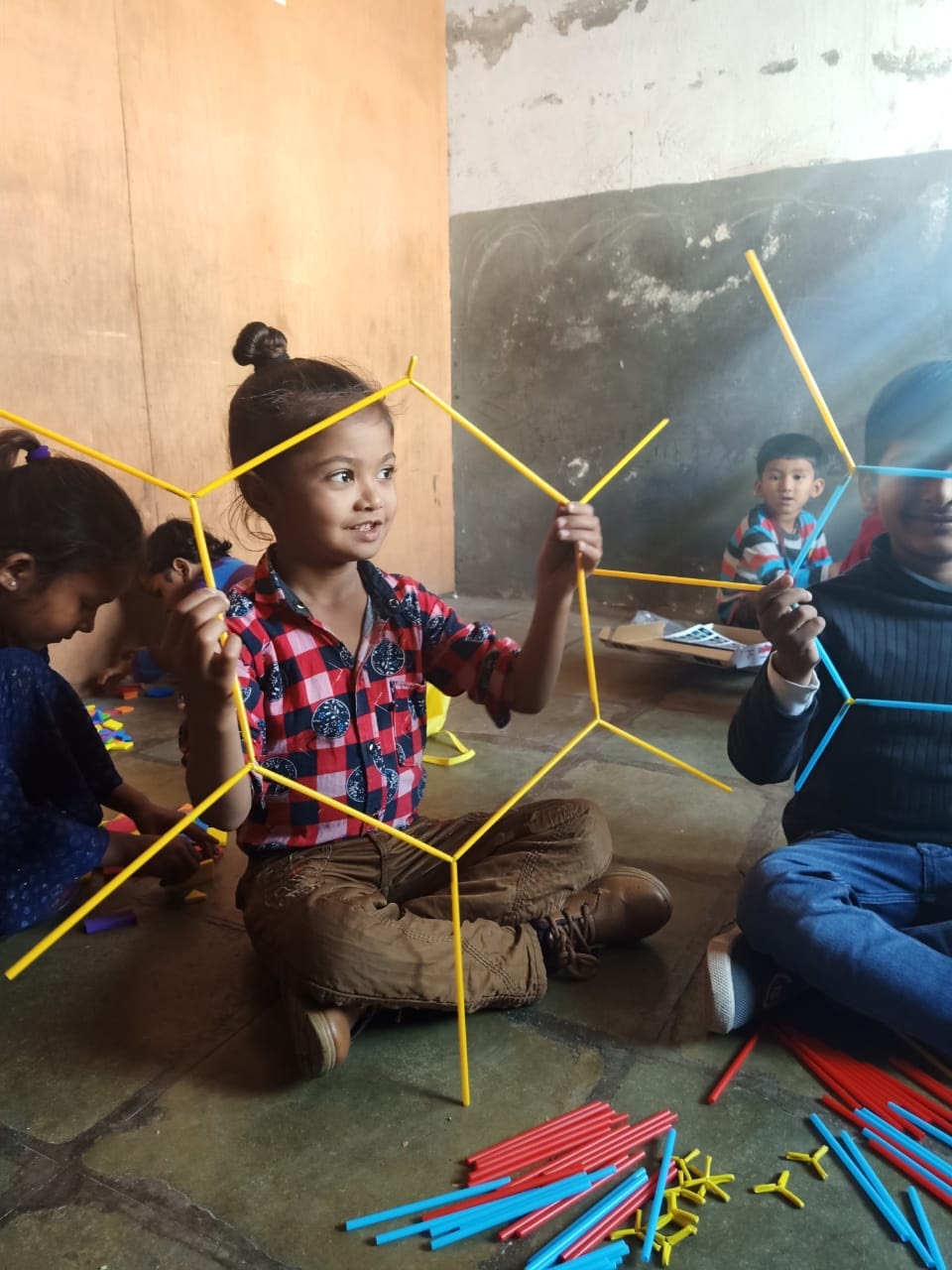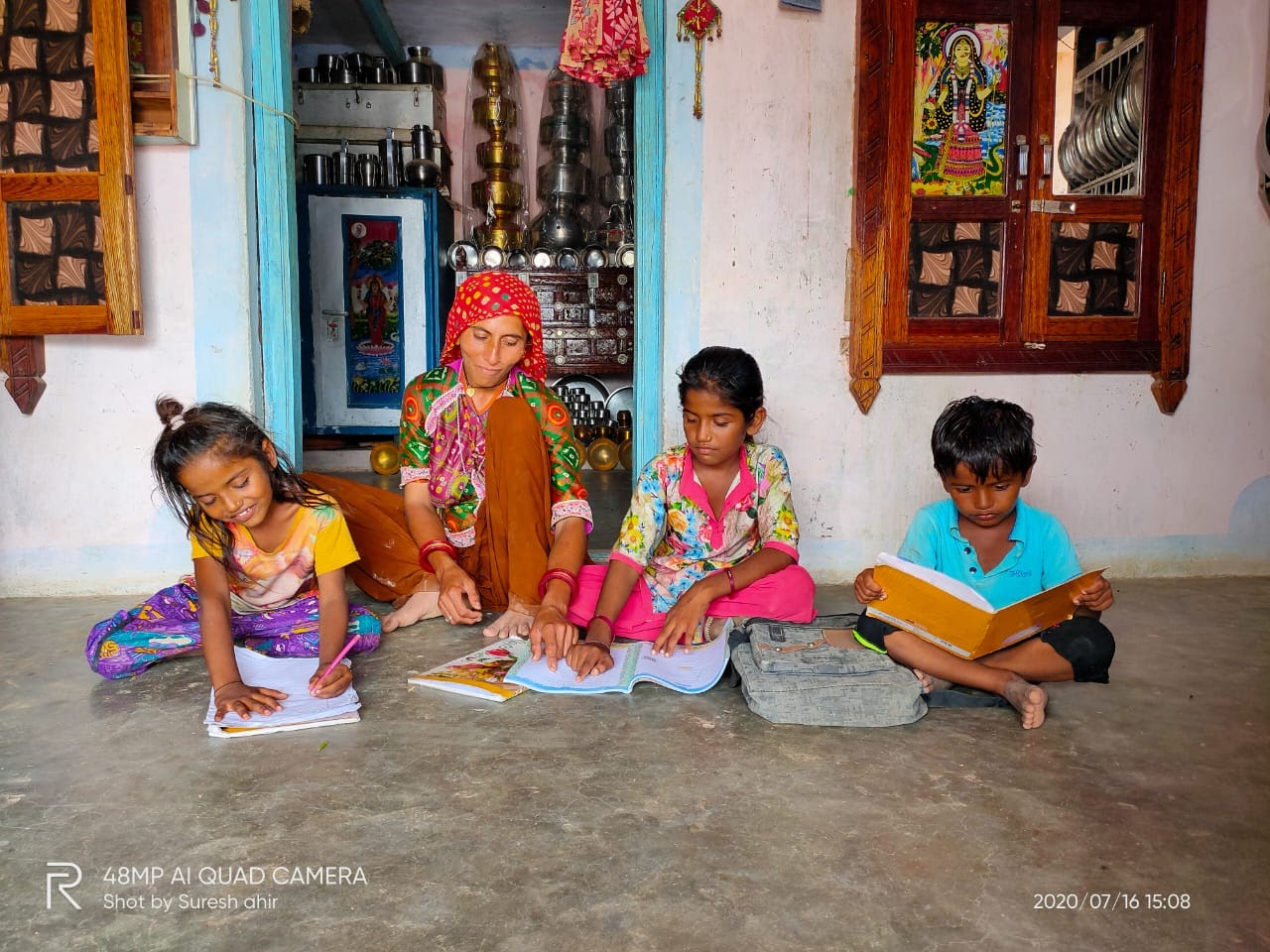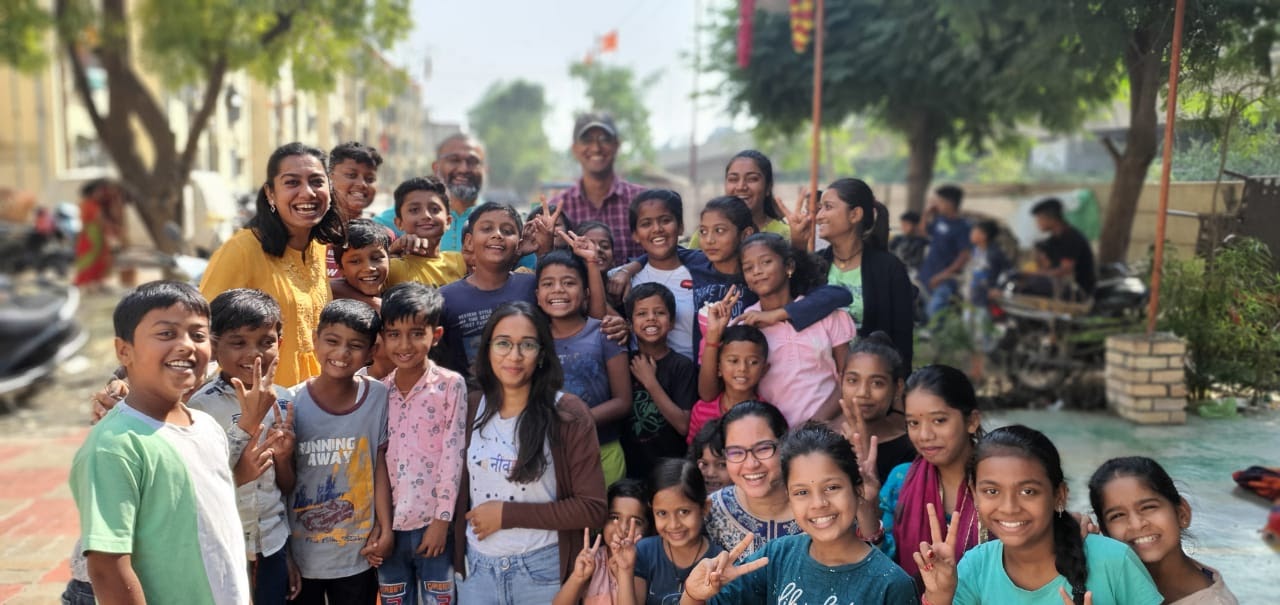UDAAN
“Gardens and children need the same thing – patience, support, love and someone who will never give up on them”
-Nicollete Sowder
Neev Shikshan Sansthan envisions to run a 3-year targeted study for remedial teaching to students of grade 3 to 5. The program is based on the idea of targeted diagnostic assessment, diagnosis-based support and student sensitive support in Gujarati Literacy & Numeracy. 'UDAAN' stands for Unique Diagnostic Assessment, Amendment and Nurturing.

The Problem:
ASER 2019 Report found only 37.4% of kids below six to recognize alphabets, only 25.6% could add. The severity of our crisis is such that an overwhelming majority of the 12 crore children in primary schools cannot read and comprehend the simple text or carry out simple addition and subtraction. If unaddressed, India risks driving nearly 10 crore children, or an entire generation into the spiral of illiteracy. The lack of age-appropriate skills in the early years is alarming as this can impact the entire education supply chain in India. The national Education policy 2020 recognised the learning crisis in language and mathematics during the primary school years and its impact on attendance, retention and later learning. Further suggesting that every student by Grade 5 should attain foundational literacy and numeracy. Studies have shown that as students advance in grades the drop-out rate is higher in at-risk children than their achieving peers, most of these students are actually delayed in their learning due to absence of required attention and support.

Our Approach:
It is felt that identifying student specific mistakes will help in identifying the struggles of children with learning disabilities and low performing students. A detailed and regular study of student work will help pinpointing student errors, instruction can then be provided targeting to the student’s area of need.
We at NSS believe that besides supporting teachers’ capacity development an additional targeted support to student at primary level will help in dealing with learning issues including an inability to process information at the rate of the instructional pace, a lack of adequate opportunities to respond (i.e., practice), a lack of specific feedback from teachers regarding misunderstanding or non-understanding, difficulties in visual and/or auditory processing, growing anxiety about mathematics and the most common problem at an older age that even though they can recognize words, they are not able to comprehend what they read from the text. A structured support will help students at primary level gain confidence to tackling learning at middle school level where math become dependent on pre-requisite skills of primary grades and language becomes considerably difficult. If students through targeted support are armed with basic strategies for literacy and numeracy it will enable their confidence in approaching learning.
The figure below provides a basic structure of our approach for the remedial programs based on three core idea
1) Diagnostic
2) Identify issues
3) Remedial plan for child
The process will be supported with CCE based documentation for child’s achievement on each identified skill.

In contrast, Mayank will struggle to read single words, let alone sentences. His 1st grade teacher is not fluent in English, which is used as language of instruction, he cannot get extra help because there are more than 60 pupils in his class and there are no story books at school. Further, Mayank gets home from school tired because he walks two hours and fails to review his book and do homework properly. He lives with his old grandmother who can’t read and write, and they use a different language (colloquial Gujarati) at home. Little Mayank finds it hard to learn and lessons are sometimes confusing and not making sense. While his teachers will be doing their best to help him, soon enough, Mayank will start to lose motivation and dislike going to school. By the end of primary school, Maya will devour teenage novels while Mayank will struggle to read even a simple short story.
In The digital divide, the major challenge of remote learning is disparity in access – from electricity and internet connections to devices like computers or smartphones.
